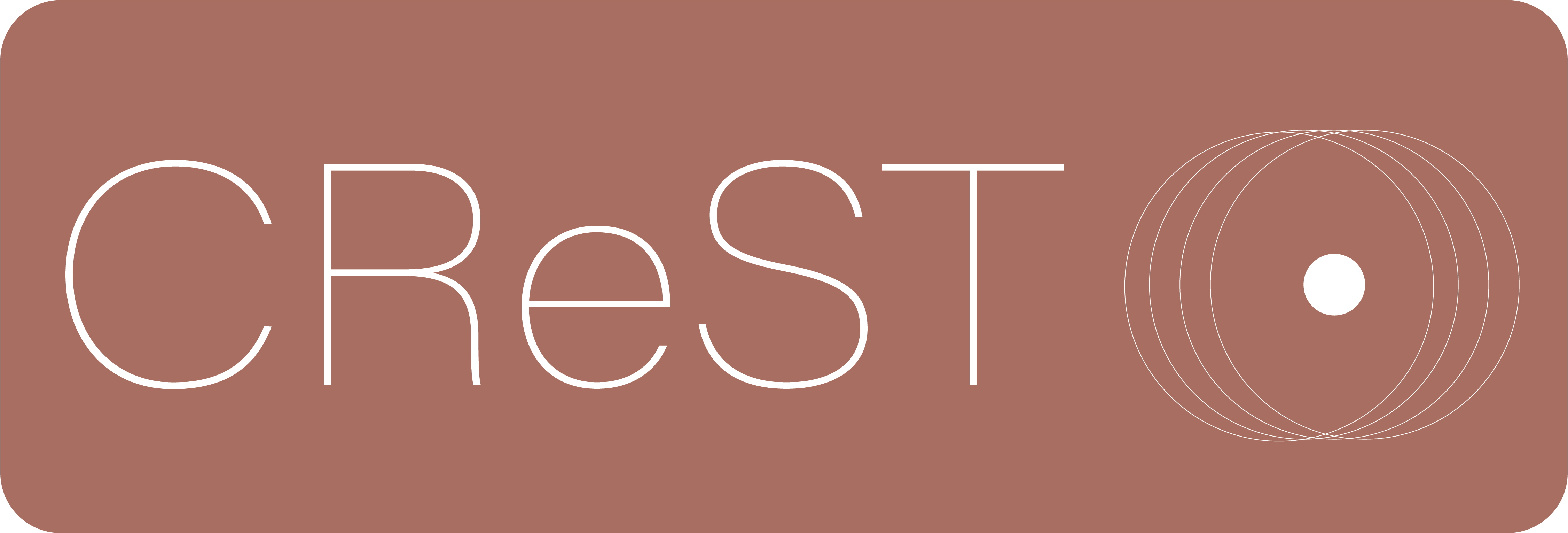Culturally Relevant STEM (CReST)
CReST develops rigorous and relevant learning supplements with support curricula and modular kits for hands-on experiences and motivates community engagement via deep connections to museums and institutions where objects of historical, scientific, artistic, or cultural interests are curated and conserved.
Enhancing the STEM Curriculum with Cultural Heritage Conservation
Six day lesson plans integrating the following focus areas:
1
Transdisciplinary
The highest level of integration is transdisciplinary learning where students apply knowledge from two or more disciplines through real-world problem solving. The cultural heritage conservation in STEM approach integrates Chemistry, World History and Engineering into one real-world experiential learning experience which defines transdisciplinary
learning.
2
Experiential Learning
CReST increases broader participation in STEM through a transdisciplinary curriculum with modular kits for hands-on relevant experiences that motivates community engagement via deep connections to museums and institutions where objects of historical, scientific, artistic, or cultural interest are curated and conserved.
3
Culturally Relevant Pedagogy
(Young et al., 2019) define culturally relevant STEM as ”the utilization of cultural funds of knowledge
inherent in all learners to develop deep and meaningful connections between STEM content and the learners’ lived experiences”.

